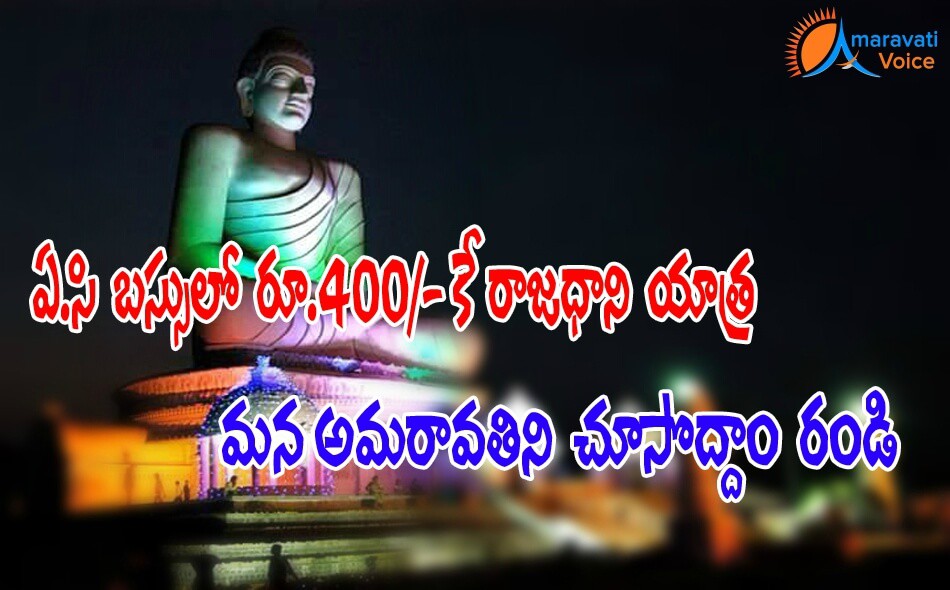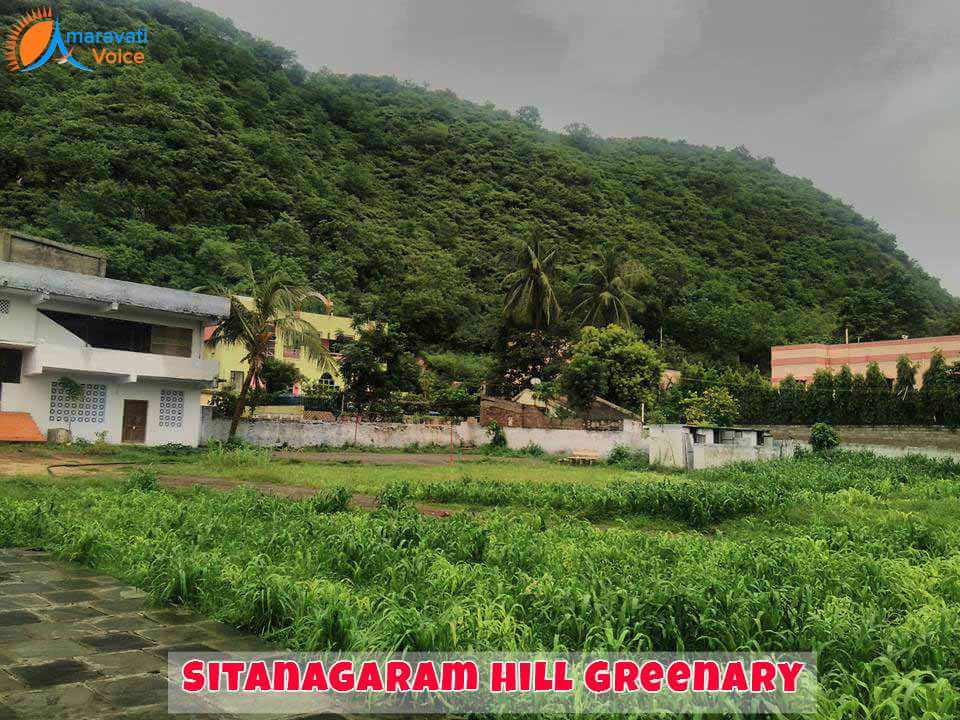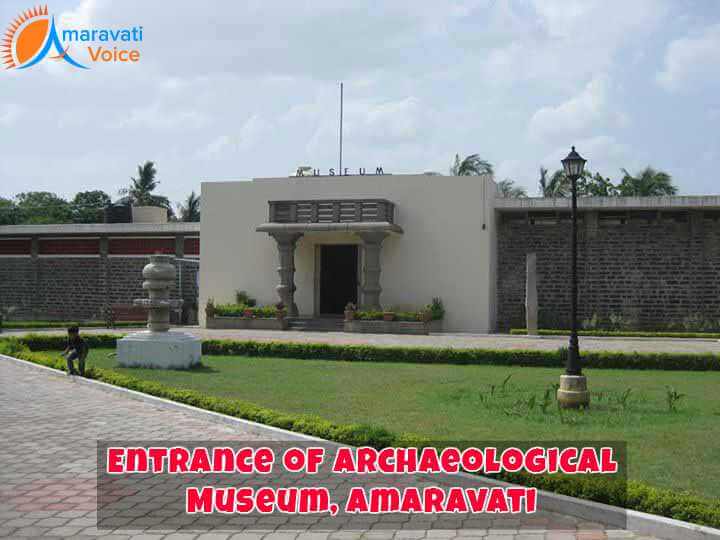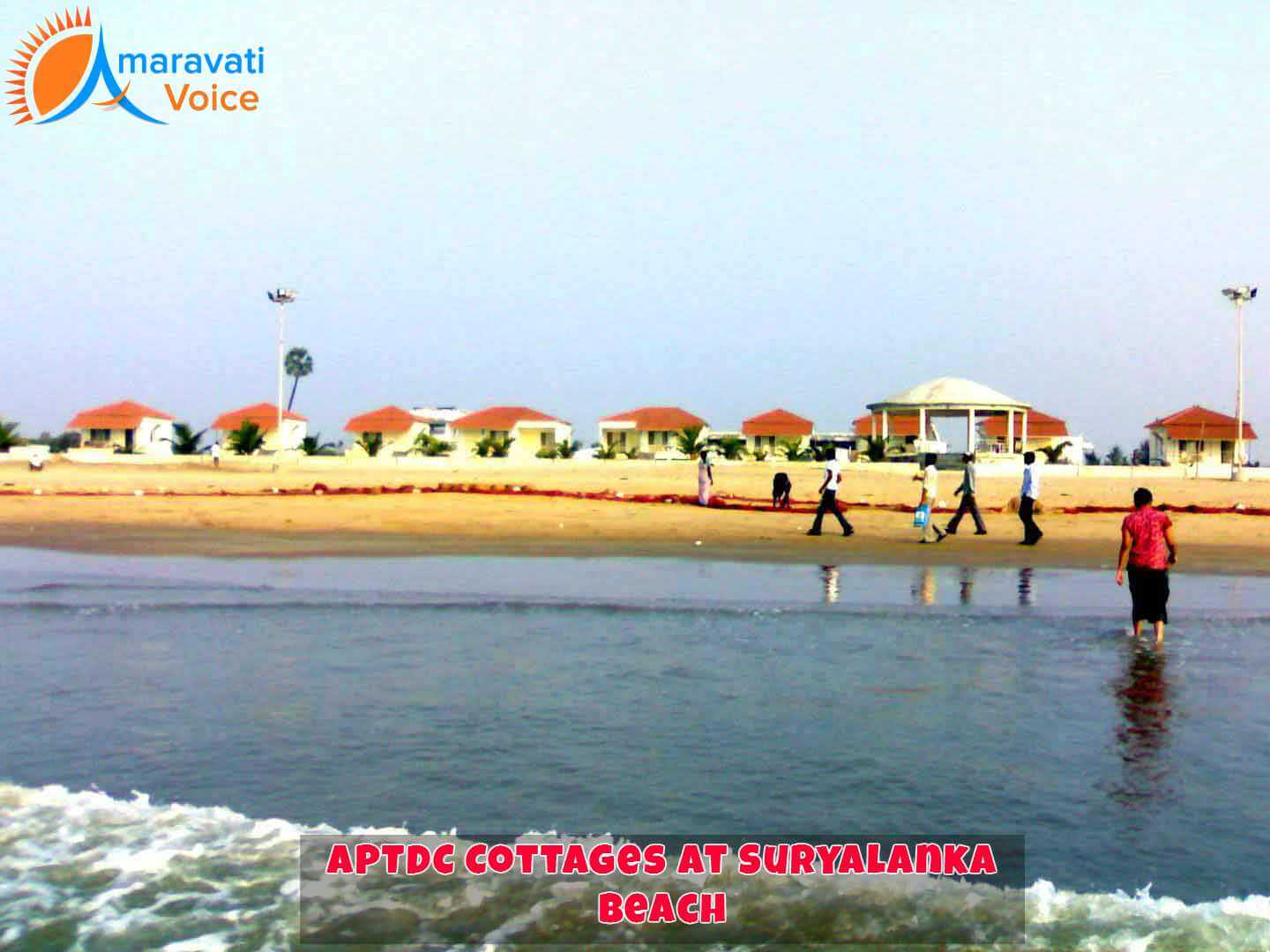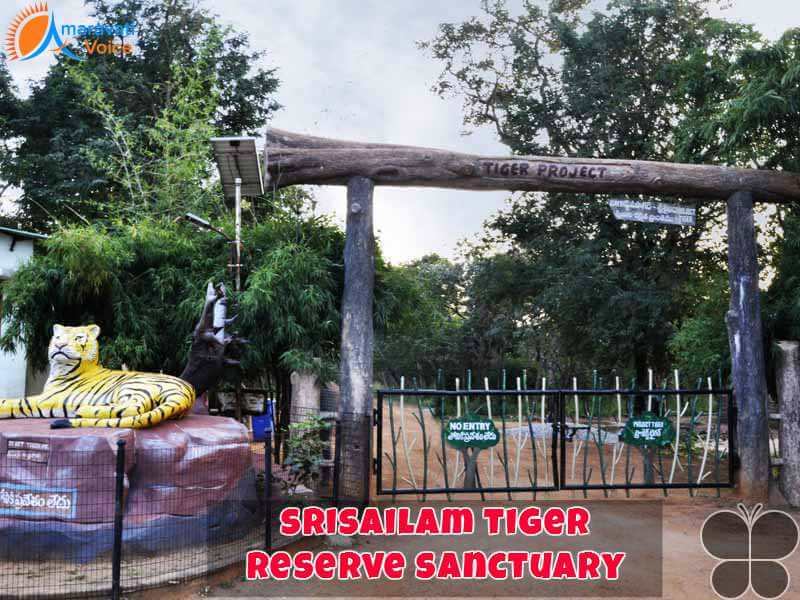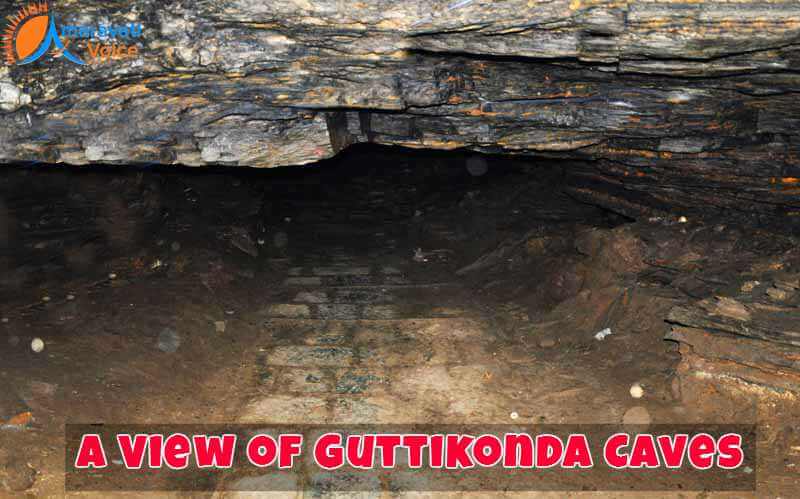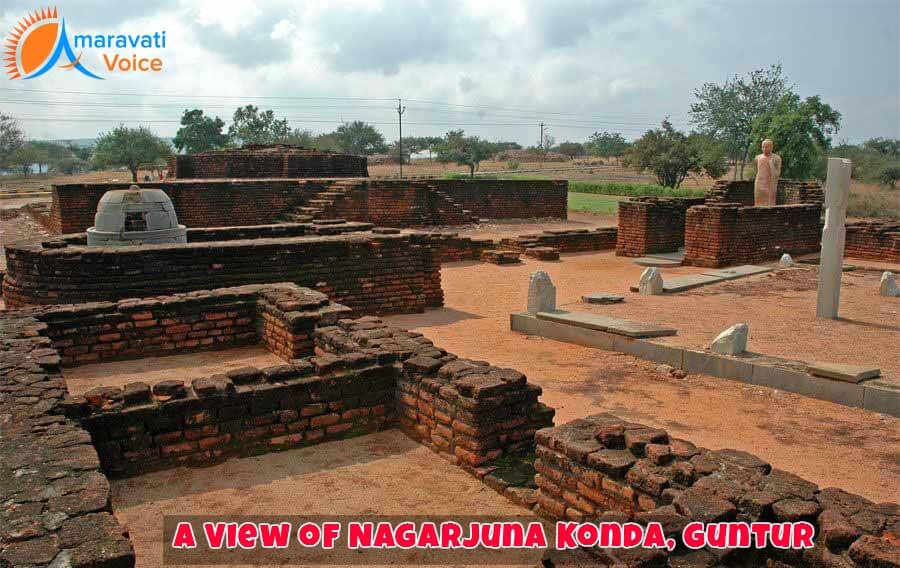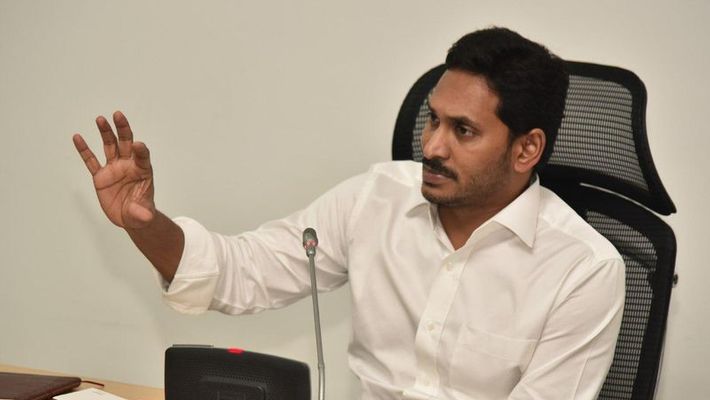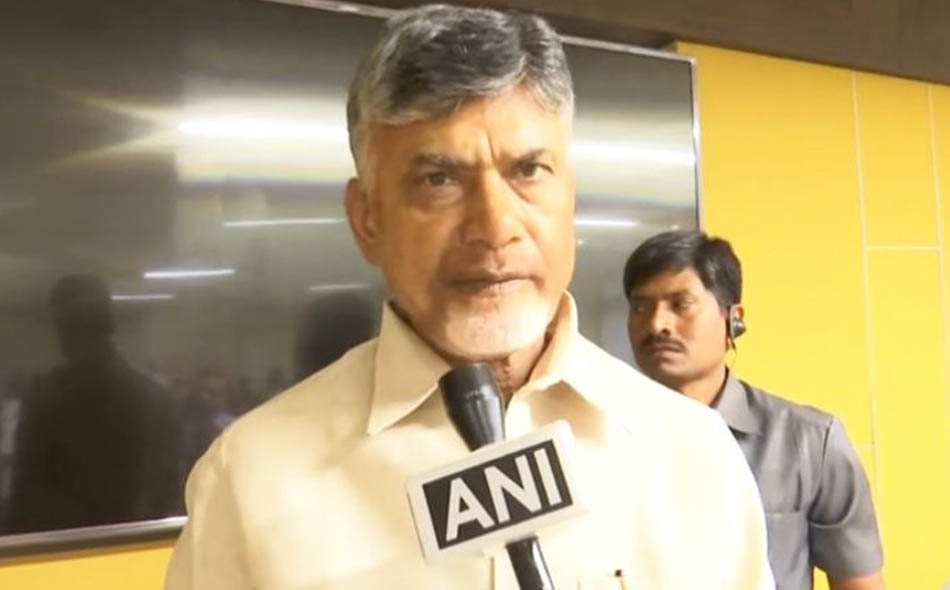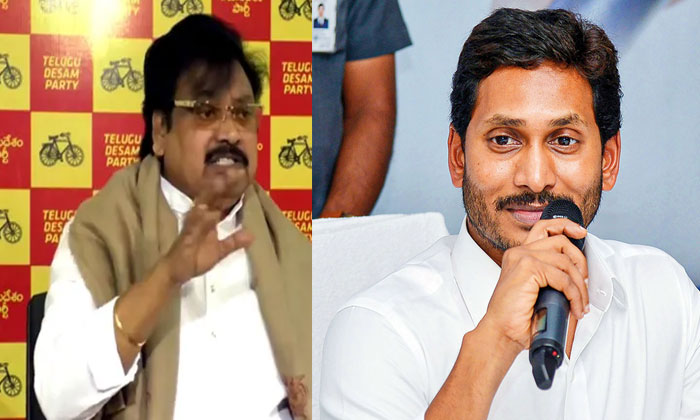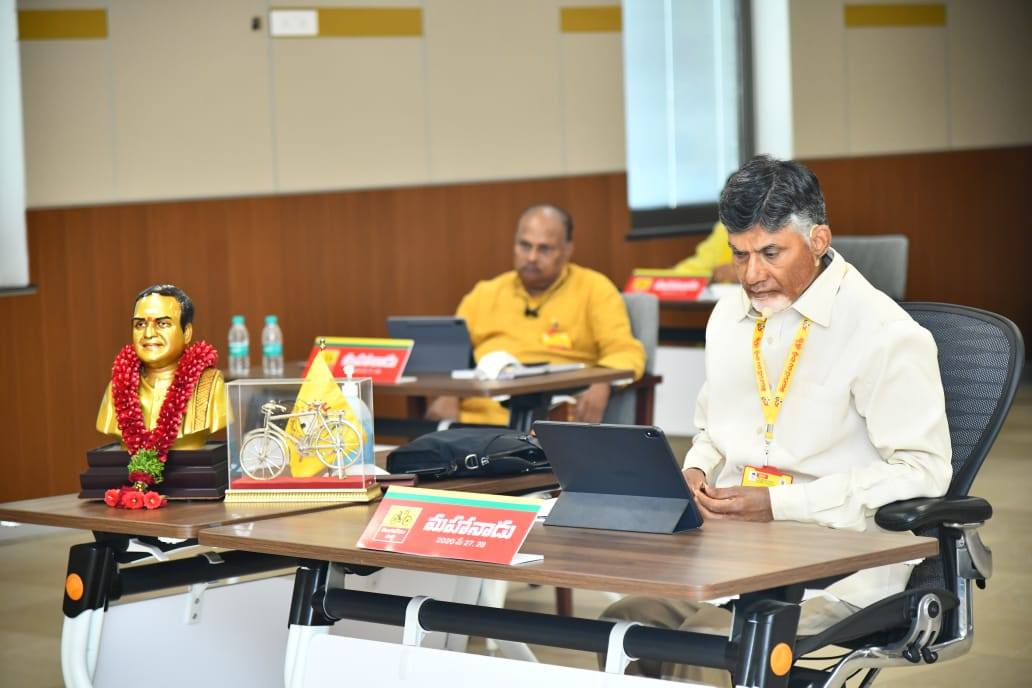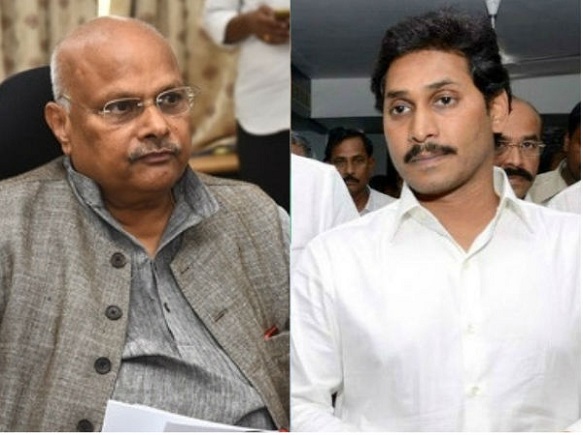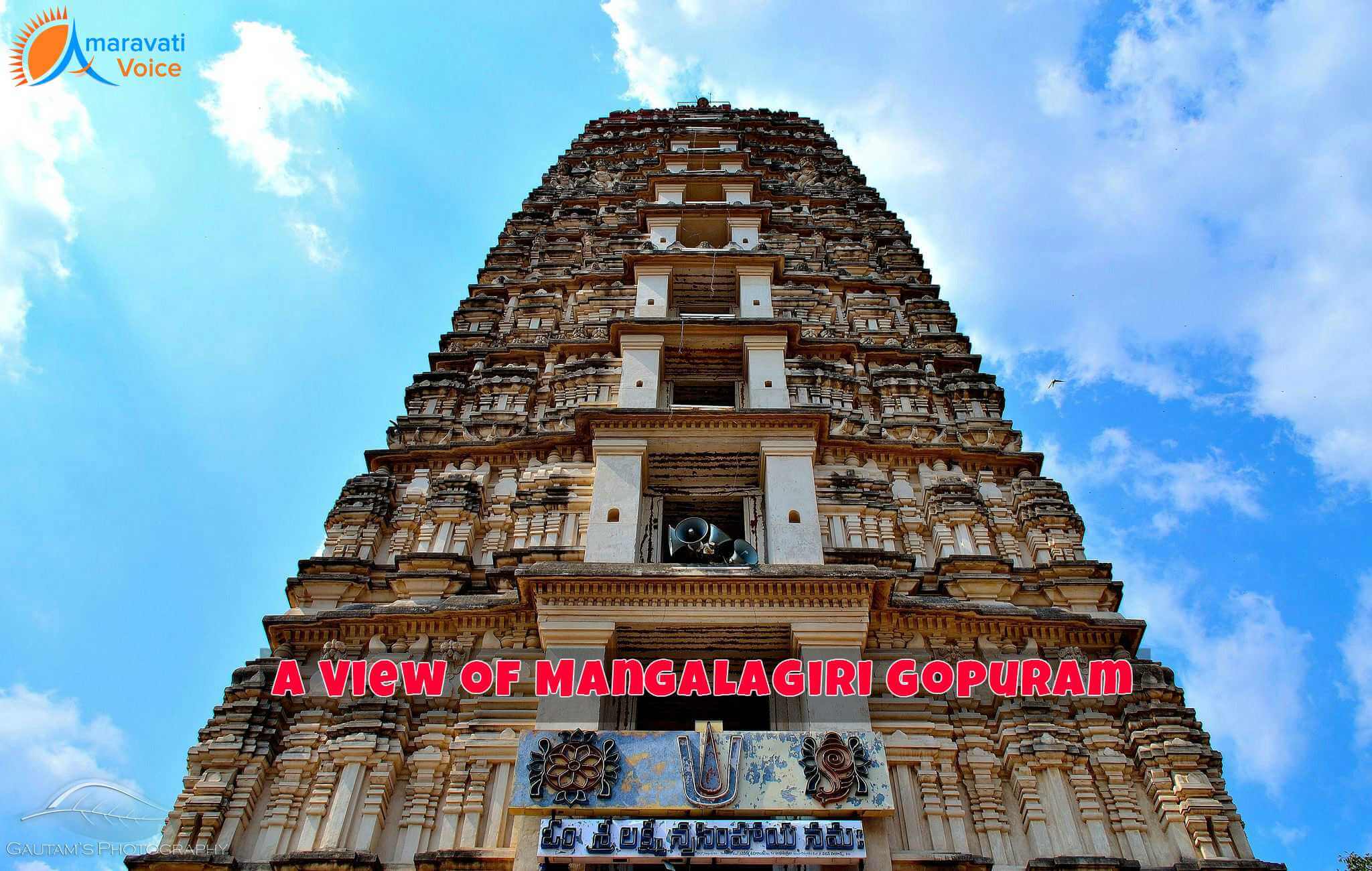
Summary: Some people ardently follow the Lord Maha Vishnu and if you are one such individual, you should make your visit to this temple with the incarnation of this god as the main deity.
The Panakala Lakshmi Narasimha Swami Temple is situated at a distance of about 13 kms from the city of Vijayawada. The lord is offering blessings to the devotees from atop, the Managalagiri. The term ‘Mangalalagiri’ denotes auspicious hill and this hill is called by other name ‘Bhimadri’ as well. This name is given because the eminent Bhima one of the brothers of Pandavas is known to have worshipped this lord.
Three temples for Narasimha Swami in Mangalagiri:
Panakala Lakshmi Narasimha Swami Temple is actually a cave temple and this is situated on the Mangalagiri. The other two temples in Managalagiri for this incarnation of Lord Maha Vishnu are the Lakshmi Narasimha Swamy at the foot and Gandala Narasimha Swamy temple at the top of the hill.
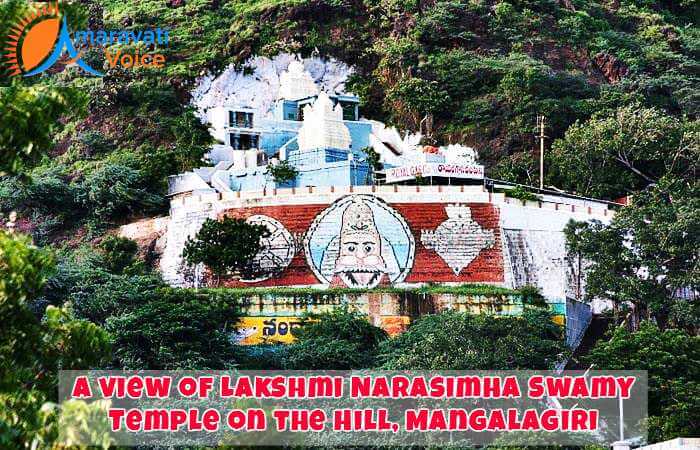
What is special about Managalagiri?
This place holds the pride of being one of the 8 important Mahakshetrams, where the Lord Maha Vishnu manifested himself. The former name of this hill was Thothadri. The reason behind the name of the hill is that Lakshmi Devi is known to have conducted tapas in this hill and to denote her the term ‘mangala’ was attached to the term ‘giri’, which means mountain. Another significant thing about this hill is that it is in the shape of an elephant.
How the mountain came into existence?
It is stated that in ancient times, Pariyatra, a ruler had a son named Hrasva Srungi, who had some bodily issues. He is known to have visited different holy spots to get back his normal bodily physique and has visited Mangalagiri at the end. He is known to have stayed here for three years continuously, conducting hard prayers towards the lord. His father, the king came here to take the son back to the kingdom, but he ignored and stayed here in the shape of an elephant as he wanted to turn himself to be the house of Lord Maha Vishnu, who is in the form of Panakala Lakshmi Narasimha Swami.
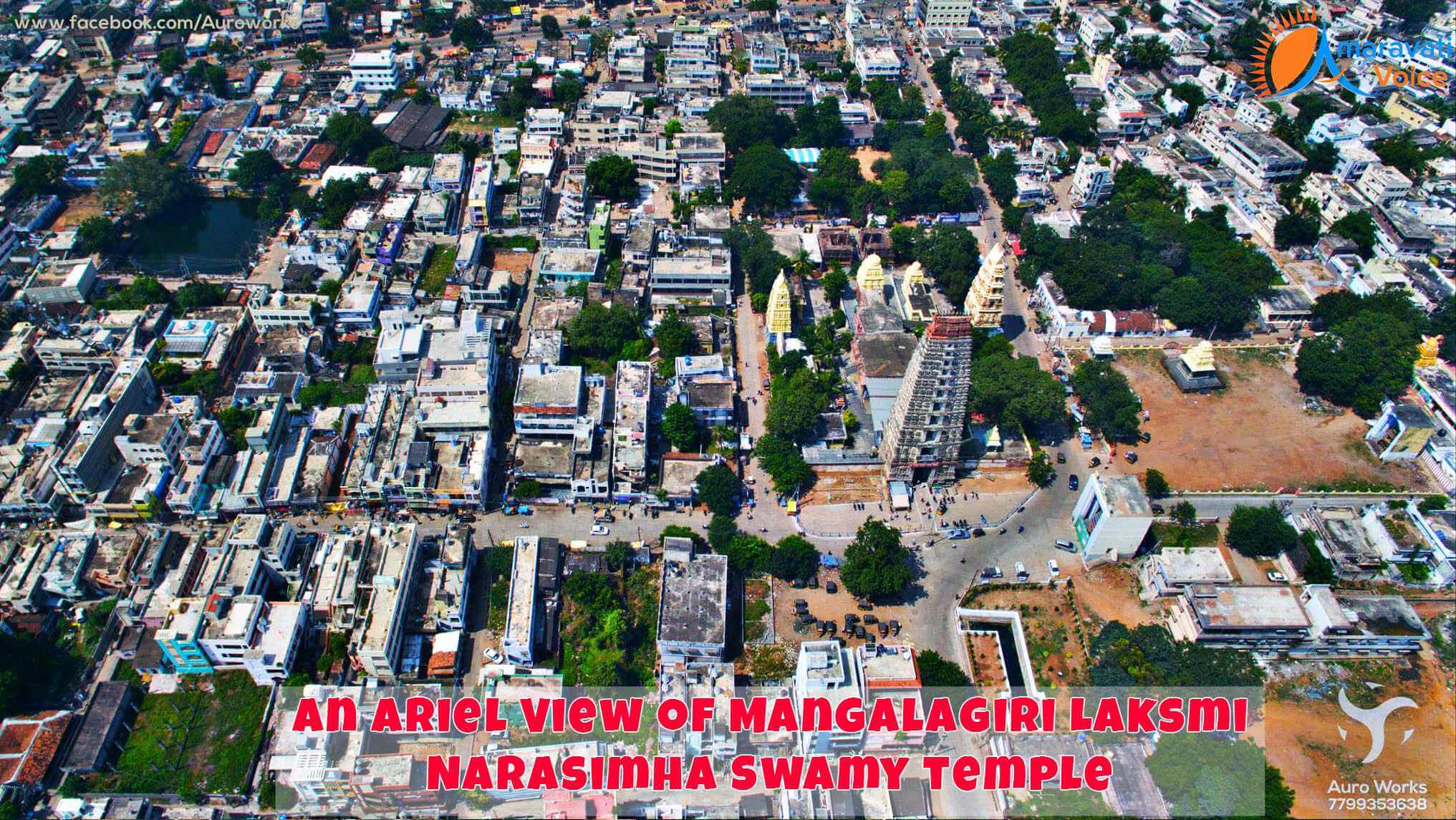
Some points of interest about the temple:
- Steps can be found close to the hill to move to the temple.
- There are engravings on stones done by the King Sri Krishnadeva Raya of the Vijayanagar dynasty.
- When you reach a little up the hill, you will find the foot prints of Mahaprabhu Chaitanya.
- On the midway of the steps that leads to the top of the hill, the temple for Lord Panakala Lakshmi Narasimha Swami can be found.
- This deity just has a face with wide open mouth.
- In the year 1955, the Dhwajasthambham was erected
- Behind this temple, there is a temple for the goddess Lakshmi and to the west of the temple of this goddess, there is a tunnel.
- This tunnel is believed to lead to Vundavalli caves on the banks of the Krishna River. Also, it is believed that sages would have used this path for taking a bath at the Krishna River. Now, the cave cannot be found as it is very dark.
- Steps to reach the temple were constructed in the year 1890 by Sri Channapragada Balaramadasu.
- In the year 2004, ghat road was constructed to enable pilgrims to reach easily.
- The Gali gopuram of the temple is one of the largest gopurams in India and it is standing top at the height of 153 feet.
- The temple has a tank called as Lakshmi Pushkarini. It is believed that this tank was created by lords by taking holy waters from many holy rivers. It is believed that Mahalakshi after she came out of the milky ocean bathed in the pushkarini, before she married Maha Vishnu.
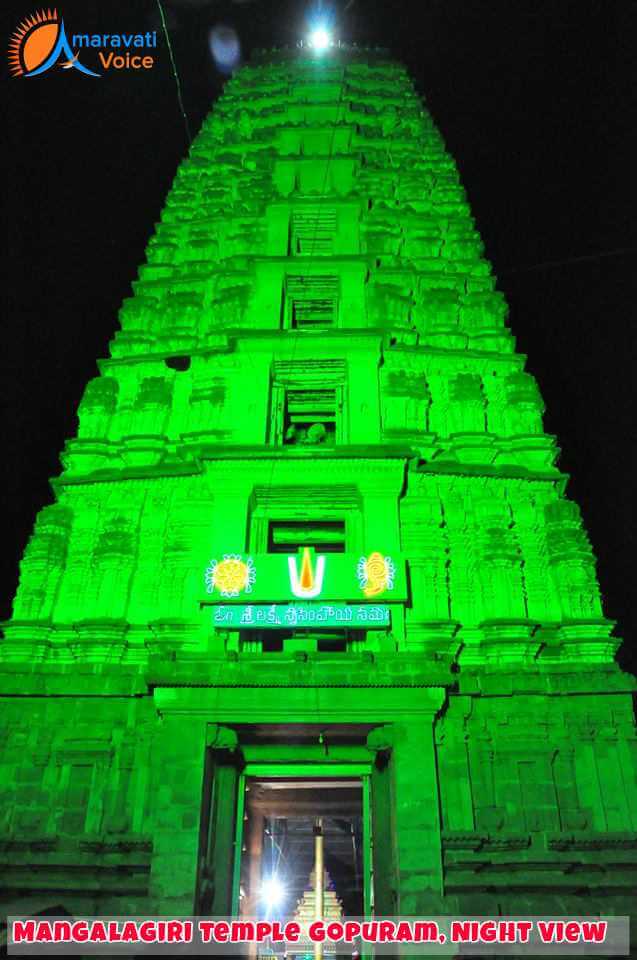
Gandala Narasimha Swamy temple:
As mentioned earlier, this is on the top of the hill and there is no particular deity inside the temple. But, there is a provision for lighting lamp. It is believed that when people visit this place and light a lamp with ghee, all their troubles will go away.
Demon Namuchi:
The history behind the temple states that Namuchi, a demon after conducting hard prayers towards Brahma deva got a boon that he should never be killed by anything that is dry or wet. After getting this boon, he started to show his arrogance and started harassing Indra and other devathas. Indra went to Lord Vishnu to seek his help to get out of the trouble created by Namuchi. With the support and encouragement of Lord Vishnu, Indra started to destroy the army of Namuchi, who was living in a small cave. Indra dipped sudarsanam, which is the weapon of Lord Vishnu in the foam of the ocean and sent it into the cave. The lord manifested himself at the centre of the weapon and destroyed the life breath of Namuchi. He thus got the name as Sudarsana Narasimha. The blood that flowed from the body of Namuchi is known to have dropped into a pool, which is still found at the foot of the Mangalagiri.
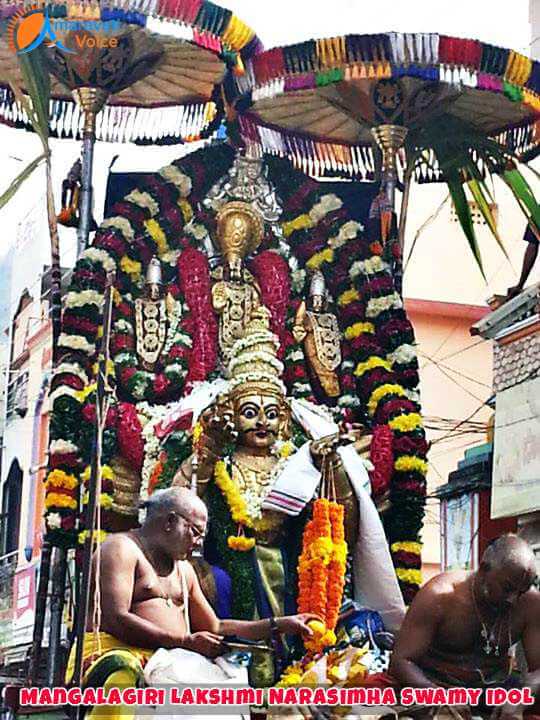
Angry lord:
After killing the demon, the lord was angry and ferocious in the form of lion and he was cooled down after the prayers of devathas and the lord took nectar for cooling down. All these things happened during the krithayugam. Then, the lord said during the threthayugam, he can be cooled down with ghee, while in dwaparayugam, it will be possible with milk. During Kaliyuga, the lord is cooled down with panakam or jaggary water. This is the reason behind his name Panakala Lakshmi Narasimha Swamy during this kaliyuga.
The lord drinks panakam:
It is believed that the god is self-manifested and as mentioned earlier, the lord just has a face with wide open mouth. The mouth is covered by metal face and the temple is kept open until afternoon only. The reason is that it is believed that during devatas will be performing their pujas towards the lord at night times.
Unless and until you make your visit to the temple, it will be hard to believe that the lord actually drinks the jaggery water offered to him. Yes, it is poured into the mouth of the lord and the gargling sound will be clearly audible and the noise will become shriller and shriller when the lord is drinking. The sound will stop after sometime and the remaining jaggery water is thrown out by the priest.
Even though, the jaggery water is offered to the lord for many times a day, it is not possible to find even a single ant near the lord or even around the temple. It is said that the hill was once a volcano and jaggery water is known to neutralize the sulphur compounds in the hill, thereby preventing volcanic eruption.
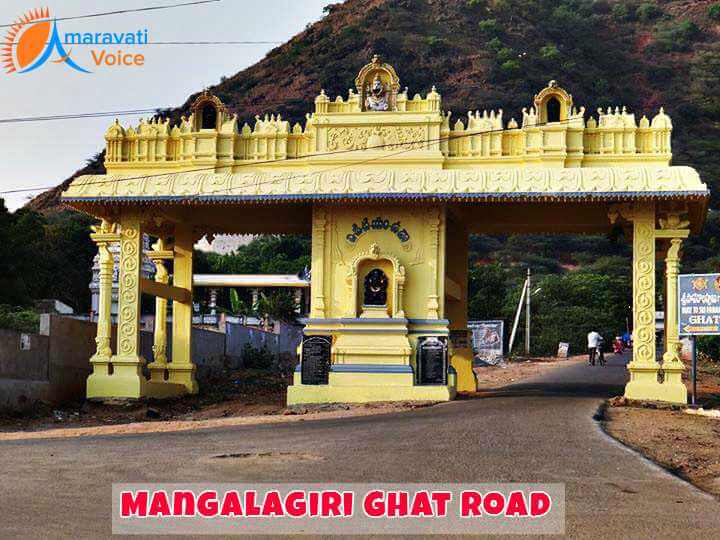 How to reach?
How to reach?
Are you interested to make your visit to this holy spot during your visit to Vijayawada? If yes, here are the details on how to reach?
- By road: There is a national highway that connects Kolkata and Chennai and Mangalagiri is situated on this road. It is also stated to be located on the Guntur-Vijayawada road at a distance of about 21 kms north-west of Guntur City and 13 kms south-east of Vijayawada. The Mangalagiri Bus station is very near the temple.
- By Rail: When you take up Rail, you can reach Vijayawada, which is well-connected by railway lines to different cities in India and from there on you can easily reach Mangalagiri.
- By flight: Gannavaram airport is the nearest airport to Mangalagiri.
Have the darshan of the lord and let all your wishes come true!
Temple Timings: 6:00 am to 01:00 pm & 4:00 pm to 8:00 pm
Puja Timings: 7:30 am to 12:00 pm & 4:00 pm to 6:30 pm





